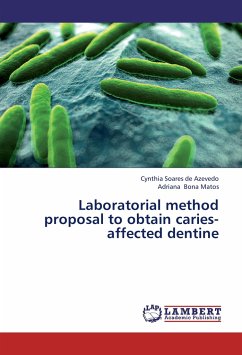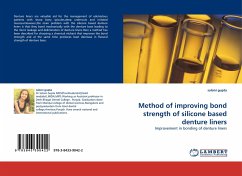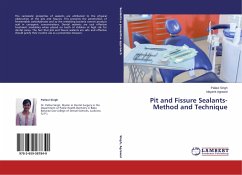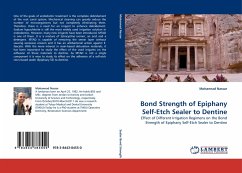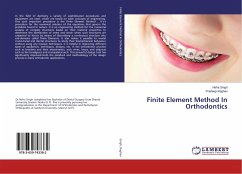Cariology is a dentistry field undergoing constant change in regard to the rationale behind the treatment of caries lesions. For restorative treatment of caries-affected teeth, total removal of the carious tissue is no longer needed. When used for efficient marginal sealing of the restorative material, caries-affected dentine, i.e., the part of dentine underlying the infected part, is a substrate that might revert the process of demineralisation and reorganise itself. That substrate might remain in the cavity floor and prevent excessive removal of dental tissue and pulp exposure. This book established a protocol for obtaining standard caries-affected dentine by a dentine demineralisation process induced by S. mutans biofilm. The validation methods performed were optical coherence tomography, visual inspection, laser fluorescence, and digital radiography. After different periods of cariogenic challenge, the specimens were evaluated on their healthy and caries-affected portions. Thus, we conclude that only 7 days of cariogenic challenge is sufficient to obtain standard caries-affected dentine to be used in laboratory tests and that unerupted teeth provide a more suitable substrate.

